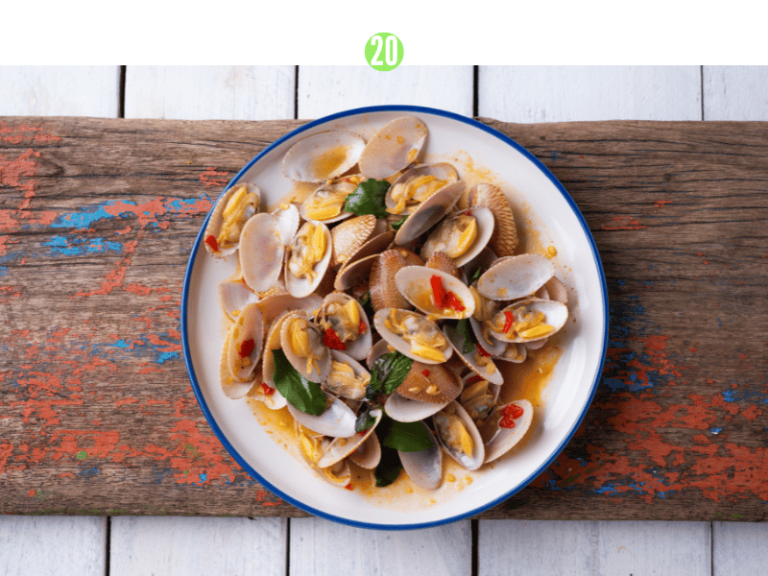In ancient times, there was a folk tale called “When the snipe and clam grapple, the fisherman gains.” It goes like this: “There was a bird called a snipe, which one day was playing and looking for food on the water’s surface when it suddenly saw a river clam, with its shell wide open, basking in the sun. The snipe, wanting to have a good meal, quickly grabbed hold of the clam’s flesh with its long beak. The clam hurriedly closed its two shells tighter and tighter, and not only could the snipe not eat the flesh, but its beak was also trapped by the clam and couldn’t be pulled out. Just as they were both unwilling to give in, an old fisherman passed by and caught them both together.”
Though this is a folk tale, it also tells us some knowledge about river clams. The shells of clams can freely close and open. Closing mainly relies on two muscles on their bodies called “adductor muscles.” These muscles are cylindrical, one in the front and one in the back, colloquially known as “flesh columns,” which, when dried, become “dried clams.” Opening the shell mainly relies on a small spring-like structure connecting the two shells called the “ligament.”
When the adductor muscles contract, the flesh columns shorten, closing the two shells. If the two adductor muscles extend, the flesh columns will lengthen, unable to hold the two shells together, and at this time, the shell will open due to the action of the ligament.
When clams are placed in a pot to cook, their shells will all open after a while. People have the experience that when clam shells open, it means the flesh is cooked, otherwise it is not. Because when clams are cooked, the adductor muscles no longer have the ability to contract, but the ligament still has elasticity, so the shell will naturally open. Coastal residents often use this experience to distinguish between fresh and spoiled clams.

